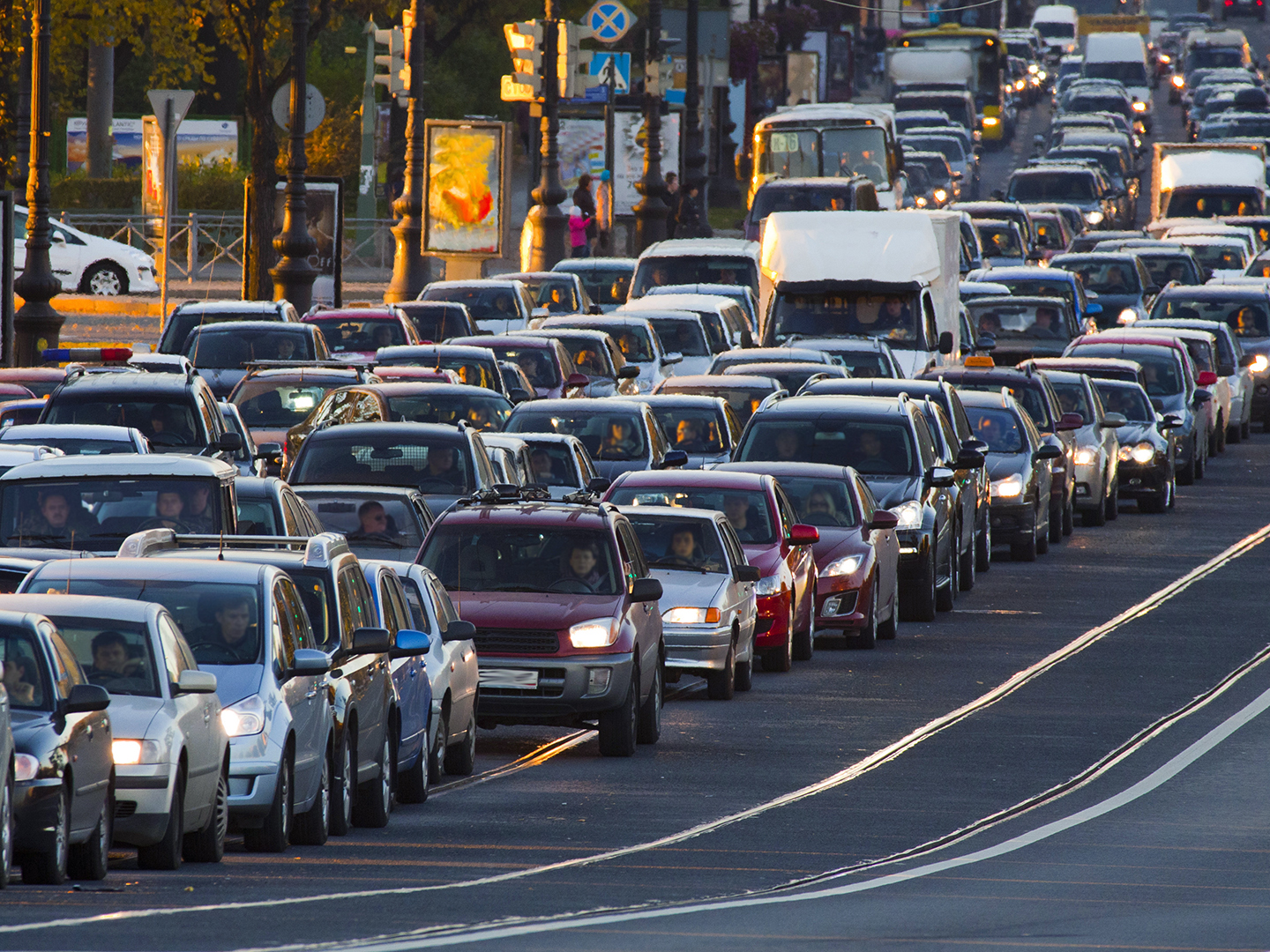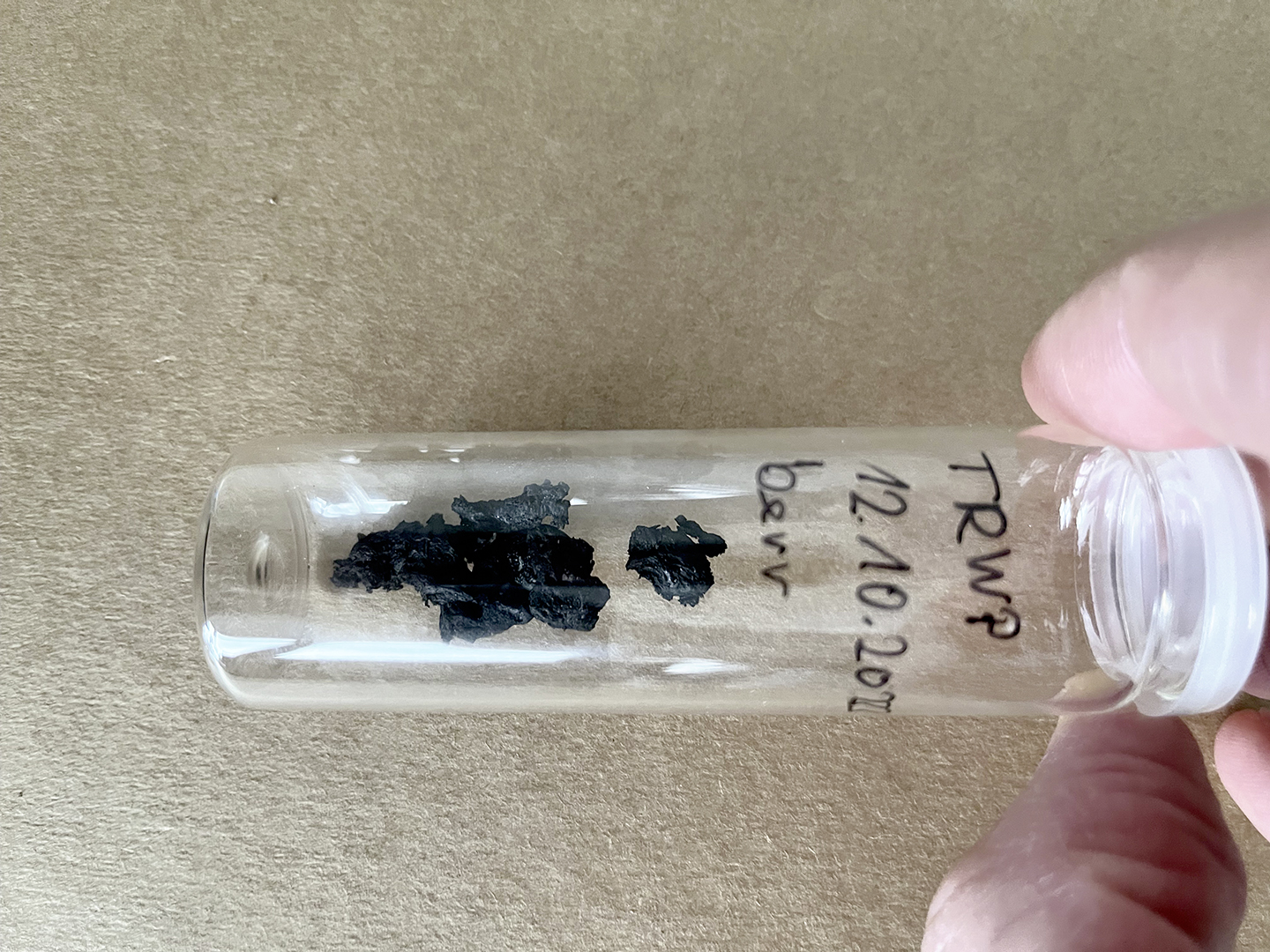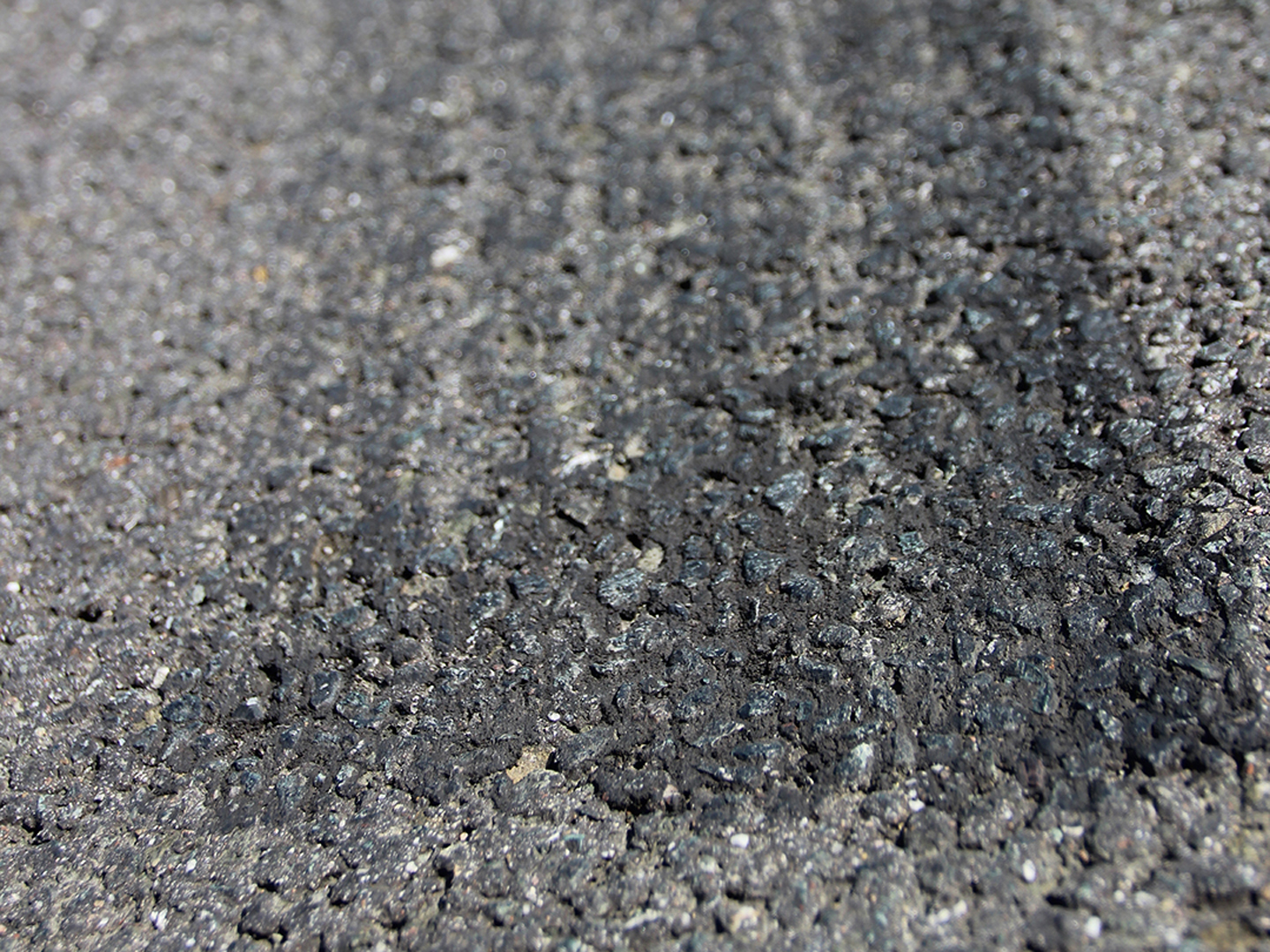Together with the Karlsruhe Institute of Technology (KIT) and Carnegie Mellon University (CMU), Pittsburgh, Fraunhofer UMSICHT has compiled the state of research on tire and road abrasion in a specialist publication. In the peer-reviewed article entitled “Re-view: Mitigation measures to reduce tire and road wear particles”, technical and non-technical measures are described that can be used to prevent emissions from tire and road wear into the environment and reduce the quantities already released.
It is scientifically proven that tire abrasion is a relevant source of microplastics. This already results from the number of around 1.5 billion motor vehicles registered worldwide in 2023[1]. In the United States alone, a good 286 million vehicles were on the roads in the first quarter of 2023[2]. According to the German Federal Motor Transport Authority (KBA), almost 70 million motor vehicles and trailers were counted in Germany (as of January 1, 2023)[3]. Fraunhofer UMSICHT estimates the annual amount of tire abrasion in Germany at 60,000 to 100,000 tons – which corresponds to a calculated average of approx. 1,000 grams of tire abrasion per capita per year for a population of over 80 million.
Largely unknown consequences for the environment
Tire abrasion does not occur on roads as pure material. While driving, the tread of the tire rubs off and combines with material from the road surface as well as other particles such as sand, road dust or sedimented fine dust from the atmosphere to form so-called TRWP (Tyre and Road Wear Particles). Through precipitation, wind, or vehicle-induced turbulence, TRWP can then pass from the road into the air, water, and soil. Once there, tire and road wear particles are difficult to remove and usually remain there for a long time – with consequences for the environment that are still largely unknown.
New Euro 7 pollutant standard should take brake and tire wear into account
Measures are already in place to reduce the generation and spread of tire and road wear. These include preventive measures such as speed reductions, a defensive driving style and downstream measures such as road cleaning or suitable treatment methods for road drainage. More and more technical solutions for reducing TRWP emissions are also being applied to vehicles and tires. These include, for example, the optimal distribution of drive torque or increasing tire abrasion resistance. Regulatory measures are also being introduced. For example, on December 18, 2023, the EU agreed on the new Euro 7 pollutant standard, in which limit values for brake and tire abrasion are to be set for the first time[4].
Study shows the current situation
In order to gain an overview of existing technological, regulatory and administrative measures and developments against tire abrasion, the European Tyre & Rubber Manufacturers’ Association ETRMA and the U.S. Tire Manufacturers Association USTMA commissioned Fraunhofer UMSICHT and its scientific cooperation partners KIT and CMU to conduct a study in 2022.

The publication, which appeared online in the international journal “Science of The Total Environment”, entitled “Review: Mitigation measures to reduce tire and road wear particles” is based on the study of the same name. The team led by the scientists at Fraunhofer UMSICHT compiled, categorized, and evaluated the current status of mitigation measures for TRWP from more than 500 specialist literature sources. Future mobility trends such as e-mobility and autonomous driving were also taken into account. The publication describes gaps in knowledge and points to promising fields of research.
Ralf Berling from Fraunhofer UMSICHT: “We now have a clear overview of effective measures to reduce the generation and spread of tire abrasion. Now we need to take action and apply the measures promptly.”
[1] https://hedgescompany.com/blog/2021/06/how-many-cars-are-there-in-the-world/
[2] https://www.statista.com/statistics/859950/vehicles-in-operation-by-quarter-united-states/
[3] https://www.kba.de/DE/Statistik/Fahrzeuge/Bestand/bestand_node.html
[4] https://www.consilium.europa.eu/de/press/press-releases/2023/12/18/euro-7-council-and-parliament-strike-provisional-deal-on-emissions-limits-for-road-vehicles/
Source
Fraunhofer-Institut UMSICHT, Pressemitteilung, 2024-01-15.
Supplier
Carnegie Mellon University
European Tyre and Rubber Manufacturers Association (ETRMA)
Fraunhofer-Institut für Umwelt-, Sicherheits- und Energietechnik (UMSICHT)
Karlsruher Institut für Technologie (KIT)
U.S. Tire Manufacturers Association USTMA
Share
Renewable Carbon News – Daily Newsletter
Subscribe to our daily email newsletter – the world's leading newsletter on renewable materials and chemicals















